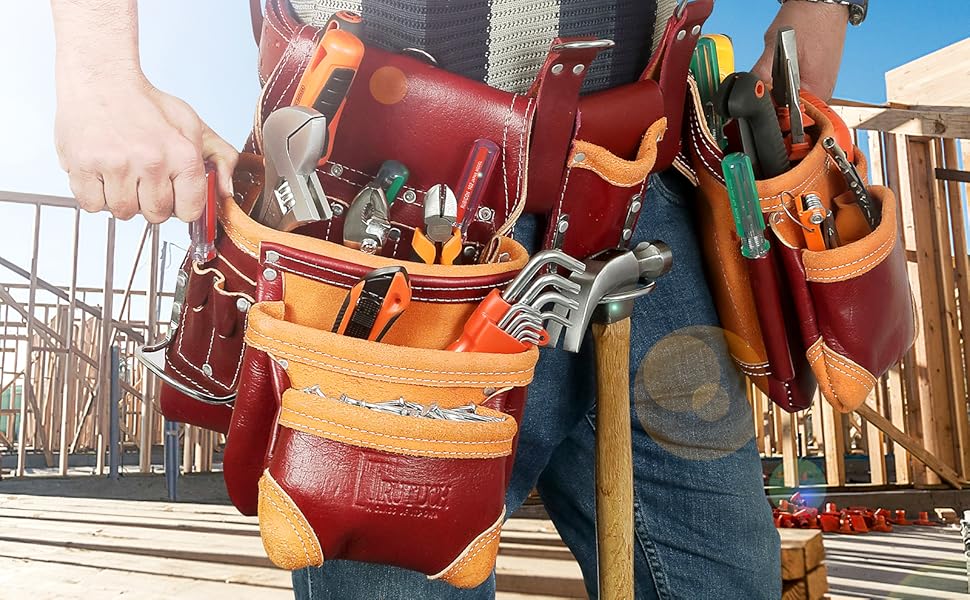Work positioning belt inspection
The work positioning belt is a critical piece of personal protective equipment (PPE) designed to enhance safety during high-altitude and confined space operations. This type of PPE is particularly important in sectors such as construction, energy, and maintenance where workers may be exposed to the risk of falls or other hazards. Ensuring that these belts meet stringent safety standards is paramount for preventing accidents and injuries.
The inspection process involves a series of detailed checks aimed at verifying that each work positioning belt complies with relevant international standards such as EN ISO 14925:2008, which sets out the requirements for the design, manufacture, testing, and marking of safety belts. This standard ensures that the belts are robust enough to withstand the forces they may encounter during use.
During the inspection, various aspects of the belt are evaluated. These include:
- The strength and durability of the webbing material used in the construction of the belt,
- The integrity of the attachment points, which ensure that the belt can be securely fastened to a lifeline or anchorage point,
- The presence of any visible defects such as cuts, tears, or fraying,
- Correct assembly and labeling for proper identification and use.
A thorough inspection also involves functional testing. This includes simulating real-world conditions under which the belt might be used to ensure it functions correctly. For example, a static load test is conducted where the belt is subjected to a specified weight (typically 227 kg or more) for an extended period without showing any signs of deformation or failure.
The inspection process not only ensures that individual belts meet safety requirements but also plays a crucial role in maintaining the overall integrity of the work positioning systems. By incorporating regular inspections into routine maintenance practices, organizations can significantly reduce the risk of accidents and injuries associated with fall protection.
Furthermore, compliance with these standards is essential for meeting regulatory requirements and insurance coverage criteria. Many industries have specific regulations that mandate the use of compliant PPE, such as OSHA in the United States or the Health and Safety Executive (HSE) in the UK. Non-compliance can result in hefty fines and penalties.
In conclusion, a comprehensive inspection of work positioning belts is not just about ensuring immediate safety but also about fostering a culture of continuous improvement within organizations. By adhering to rigorous testing protocols and maintaining high standards, these inspections contribute significantly to workplace safety and overall operational efficiency.
Why Choose This Test
Selecting our work positioning belt inspection service offers several compelling reasons that can significantly benefit your organization:
- Enhanced Safety: Ensuring compliance with international standards minimizes the risk of accidents and injuries, thereby enhancing overall safety in high-risk environments.
- Regulatory Compliance: By adhering to rigorous inspection protocols, you can ensure that your organization meets all necessary regulatory requirements and avoids potential legal issues.
- Cost Efficiency: Regular inspections help identify and address issues early on, preventing more costly replacements or repairs in the long run.
- Confidence in Quality: Our team of experts uses advanced testing methods to ensure that each belt meets the highest quality standards, providing you with peace of mind about the reliability of your PPE.
- Detailed Reporting: Comprehensive reports provide valuable insights into the condition of your belts and help guide future maintenance efforts.
- Custom Solutions: For organizations that require custom-designed work positioning belts, our tailored inspection services ensure that each belt is thoroughly evaluated for safety and performance.
We understand the importance of maintaining robust safety protocols in critical sectors. By choosing our inspection service, you are investing in a safer working environment while also complying with best practices in PPE management.
Quality and Reliability Assurance
At our laboratory, we uphold strict quality control measures to ensure that every work positioning belt undergoes thorough and reliable inspections. Our team of highly trained professionals uses state-of-the-art equipment and follows internationally recognized standards to conduct these inspections.
The inspection process begins with a detailed visual examination of each belt, checking for any visible defects or signs of wear and tear. This is followed by functional testing under simulated working conditions to ensure the belt performs as expected in real-world scenarios. If any issues are detected during this initial assessment, further analysis may be conducted using specialized equipment.
We also offer a range of additional services that complement our core inspection capabilities. These include training programs for personnel responsible for handling and maintaining work positioning belts, as well as consultation on best practices for PPE management. By leveraging these support services, organizations can further enhance their safety protocols and ensure compliance with all relevant regulations.
Our commitment to quality extends beyond just the inspection process itself. We continuously review and update our procedures to incorporate advancements in testing technology and methodologies. This ensures that we remain at the forefront of ensuring workplace safety through reliable PPE inspections.





